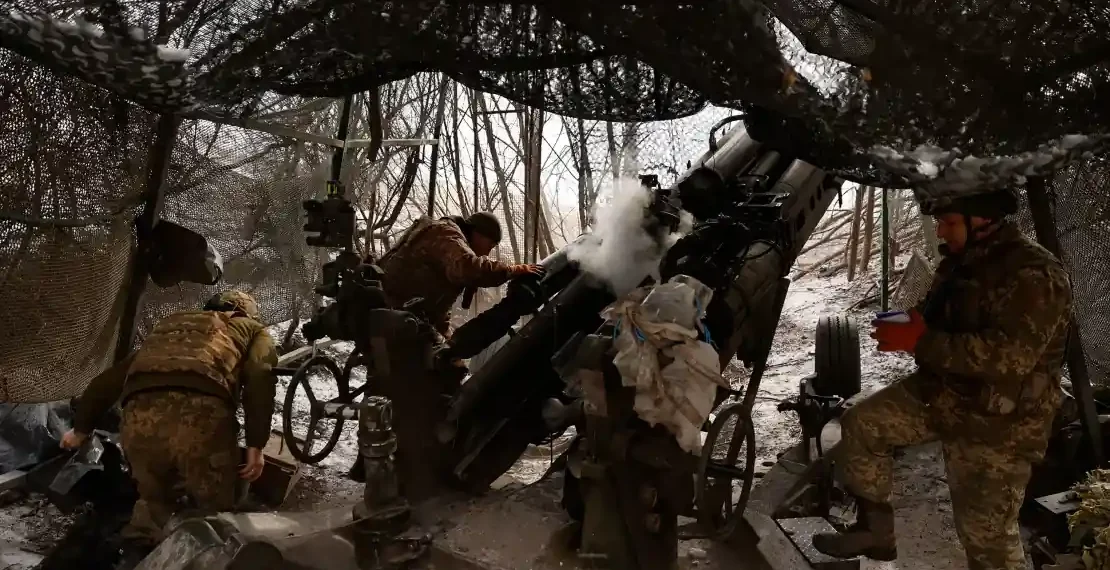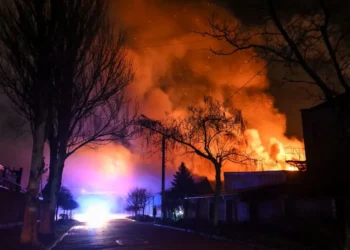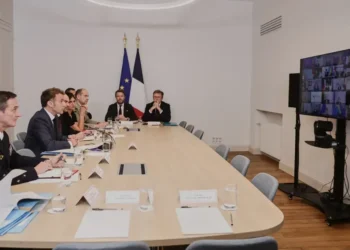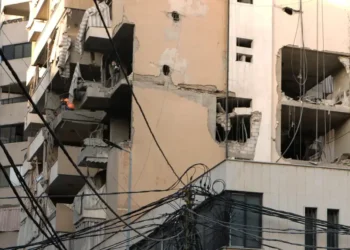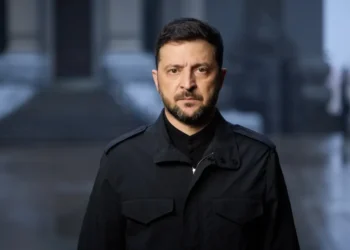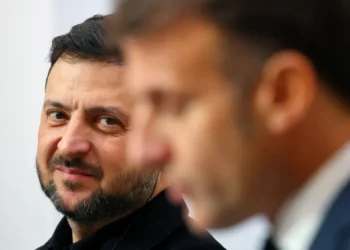Putin Outmaneuvers Trump on Ukraine: The Russian Art of the ‘No’ Deal
The Trump administration’s first attempt at wartime diplomacy with the Kremlin has resulted in a familiar outcome: a strategic maneuver by Russian President Vladimir Putin that leaves the U.S. empty-handed. Trump sought a 30-day, frontline-wide ceasefire without conditions. Instead, after a week-long delay—and at the cost of hundreds more lives—the Kremlin responded with a minor prisoner swap, symbolic gestures like hockey matches, and vague promises of further talks. The supposed highlight of the deal? A pause on attacks against “energy infrastructure”—but even this commitment is riddled with ambiguity.
A Deal Lost in Translation?
The White House framed the agreement as a truce concerning “energy and infrastructure.” However, these are two very different concepts.
- Russia’s Perspective: Moscow agreed to halt attacks on Ukraine’s electricity grids and gas supplies—targets it has relentlessly bombed for years.
- The U.S. Interpretation: The White House seemingly extended this pause to include bridges, roads, ports, and railways. This discrepancy creates an unworkable condition for Russia’s continued air assaults, which resumed as usual on Tuesday night.
For Kyiv, this supposed truce is far from a victory. While Ukraine’s immediate need for heating may have diminished with the approaching summer, the deal forces Ukraine to halt its highly effective drone and missile strikes on Russia’s oil refineries and pipelines. These attacks have been one of Ukraine’s most potent strategies to damage the Kremlin’s primary revenue source—hydrocarbon exports to China and India. Ukrainian President Volodymyr Zelensky signaled willingness to explore the agreement but stressed the need for “more details.”
Putin’s Predictable Play
Trump’s long-anticipated call with Putin yielded little beyond reinforcing what many already suspected: the Russian leader remains adept at outmaneuvering his U.S. counterpart. The key outcomes of the talks were:
- A prisoner swap of 175 detainees and 23 wounded Ukrainians—a minor exchange, likely arranged well in advance.
- A temporary pause on certain attacks, which Moscow immediately leveraged to its advantage.
- A new series of “working groups” on U.S.-Russia relations—a known Kremlin tactic for delaying real commitments.
Putin used the week-long diplomatic delay to emphasize his demand that all foreign aid and intelligence-sharing with Ukraine must end—something Trump had already briefly halted. Expect this demand to resurface in future negotiations.
Diplomatic Naivety and a Strategic Mismatch
The Trump administration’s proposal for an immediate 30-day ceasefire overlooked critical realities:
- Implementation challenges: In a brutal, three-year war, halting all hostilities overnight is unrealistic. Many front-line soldiers operate in isolated conditions with limited communication.
- Enforcement mechanisms: Who ensures compliance? U.S. Secretary of State Marco Rubio suggested satellite surveillance, but this assumes Moscow would accept the U.S. as the sole arbiter of violations—an unlikely scenario.
- Putin’s tactical delay: Rather than discussing enforcement details, the Kremlin responded with noncommittal language, using ambiguity to preserve its strategic flexibility.
Trump’s First Diplomatic Defeat
While the deal is presented as a “partial ceasefire,” in reality, it marks the first phase of another Russian diplomatic deception. Putin’s only real concession was pausing attacks that hurt his own economy. Meanwhile, the confusion over what was agreed upon opens a dangerous precedent for future peace talks—one that Putin can easily exploit.
Did Trump’s team fail to coordinate post-call summaries with the Kremlin? The conflicting narratives from Washington and Moscow suggest so.
The Road Ahead: Trump’s Crucial Decision
For millions of Ukrainians, Trump’s next steps will be life-defining. He now faces three choices:
- Lose interest and let Putin dictate the terms of engagement.
- Apply pressure through stronger diplomatic or economic means.
- Offer further concessions in a bid to achieve an illusory peace.
So far, Trump’s belief that he could outmaneuver or persuade Putin has proven misguided. The Russian president is not interested in improved relations with the United States—he is focused solely on victory in Russia’s most existential conflict since World War II.
Putin understands the art of negotiation. Trump, so far, has simply played into his hands.
This article was rewritten by JournosNews.com based on verified reporting from trusted sources. The content has been independently reviewed, fact-checked, and edited for accuracy, neutrality, tone, and global readability in accordance with Google News and AdSense standards.
All opinions, quotes, or statements from contributors, experts, or sourced organizations do not necessarily reflect the views of JournosNews.com. JournosNews.com maintains full editorial independence from any external funders, sponsors, or organizations.
Stay informed with JournosNews.com — your trusted source for verified global reporting and in-depth analysis. Follow us on Google News, BlueSky, and X for real-time updates.
